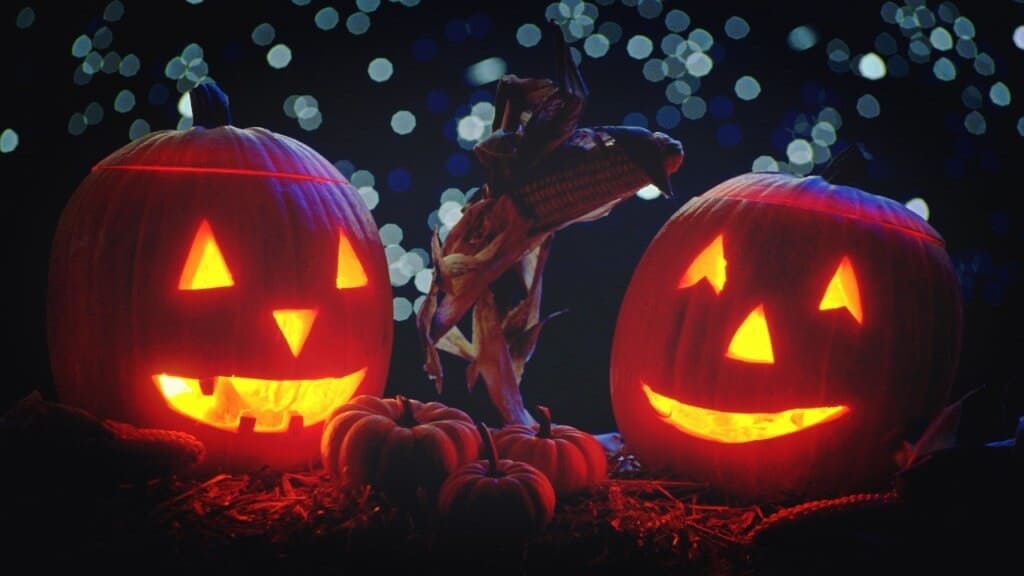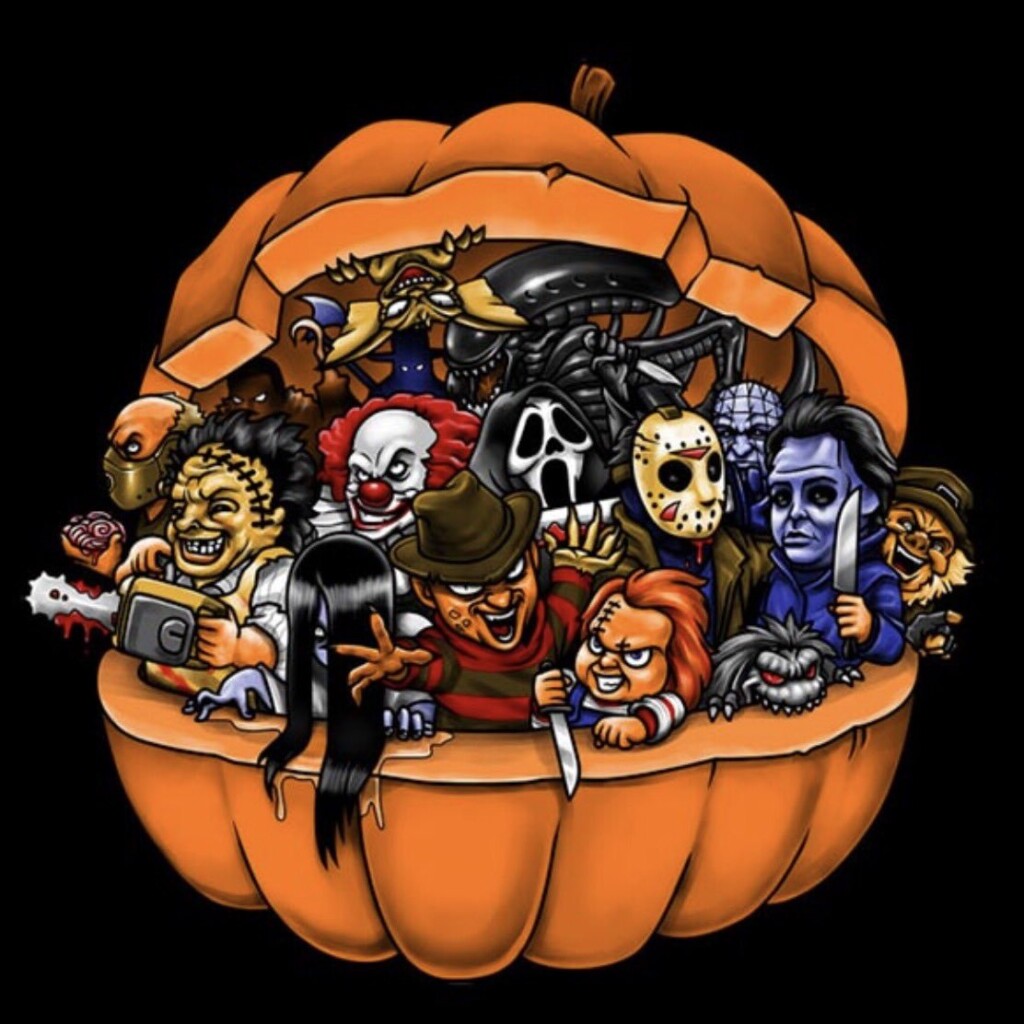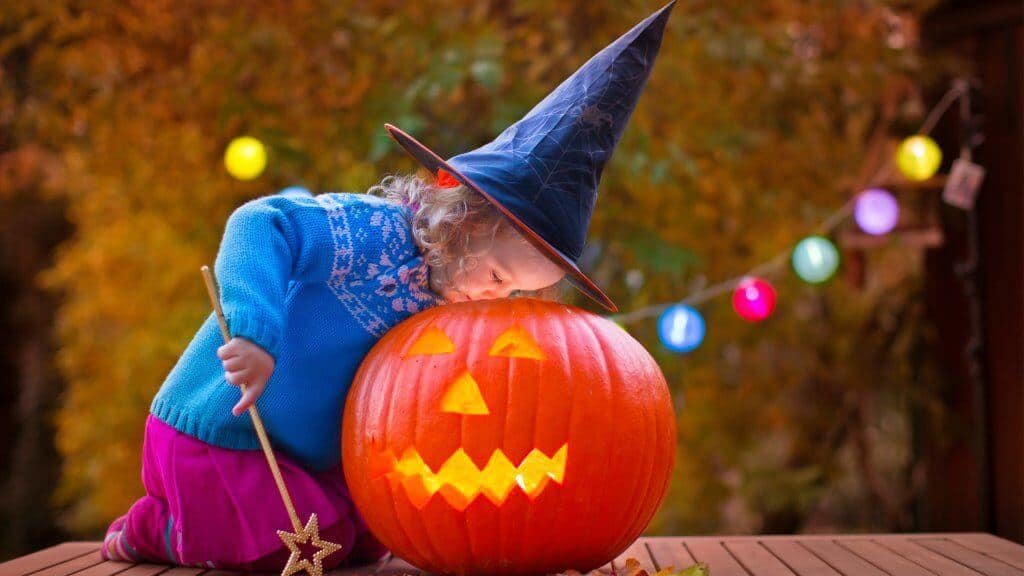Over 3,000 years ago, what we now recognize as Ireland hosted the inception of the Halloween celebration. Originating as a Celtic harvest ceremony, the changing of seasons held a magical significance for them. A festival called Samhain marked this period, celebrated from late October to early November.
Why Halloween? – Curious About the Origins of the Festival?
For the Celts, this night stood as their most significant time of prayer, coinciding with the end of the harvest and the onset of winter, marking the beginning of their new year. They believed that on this night, the barrier separating the living from the dead disappeared.
On the night of October 31st, the souls of the deceased were believed to return and visit earthly homes.
To appease these spirits and fend off malevolent forces from their homes, the Celts left food or sweets outside their residences. This practice evolved over time into what is now known as “trick or treat,” where children go door-to-door asking for sweets on October 31st.
The Dead Return to Visit Us on This Night
The fear and terror associated with Halloween night stem from the belief that the dead revisit the living on this occasion. Hence, in some countries, the custom of dressing up to blend in with the deceased evolved.
With the advent of Christianity, there was a belief that the best way to convert the Celts was by adopting and transforming their festival into a religious event.
Thus, November 1st became All Saints’ Day, a day for praying and honoring the saints. October 31st, therefore, became the eve of All Saints’ Day (All Hallow’s Eve), from which the name Halloween derives.
The Celtic traditions have endured through time, which is why we still celebrate this night of magic, witches, and ghosts. Today, during October in some European countries, homes are still decorated with pumpkins, witches, ghosts, skeletons, and black cats.
Halloween is a night filled with fantasy and mystery.
The Religious Origin of Halloween
About 1,400 years ago, Pope Boniface IV (+615) dedicated a Christian temple in honor of “All Saints.”
Although initially observed in May, Pope Gregory III (+741) changed the date to November 1st. By the year 840, Pope Gregory IV decreed that the festival be celebrated universally, with the preparations conducted on the eve (October 31st) being as significant as the festival itself.
All Hallow´s Eve
“All Hallow´s Eve” was the term embraced by the Anglo-Saxon culture for these festivities, translating in Spanish as “holy evening.” Over time, the pronunciation evolved: from “All Hallow´s Eve” to “All Hallowed Even,” and finally, to “Halloween.”
In the United States, small communities of Irish Catholics began celebrating this date in the mid-19th century. The practice of carving pumpkins with grotesque faces and illuminating them with candles inside originated from Irish children’s games using potatoes and turnips.
The term “jack-o’-lantern” stems from the legend of a drunken man named Jack, who, through trickery, made the devil promise not to pursue his soul.
According to the legend, Jack was denied entry into heaven for his stinginess and thirst and was also barred from hell by the devil, who condemned him to wander the world until Judgment Day. The devil threw him lit coal to light his way in the dark, which Jack placed inside a turnip he was eating.
Irish Americans swapped the turnip for a pumpkin, creating the myth of the Halloween pumpkin. This myth, in turn, fostered a whole culinary tradition with the orange fruit as its main ingredient.
Origin of “Trick or Treat”
Another deeply rooted tradition in the U.S. is “Trick or Treat” (dulce o travesura). On Halloween night, American children dress up as monstrous beings and knock on their neighbors’ doors, offering the choice between giving a treat or receiving a scare.
This custom traces back to the persecution of Catholics by Protestants in 16th and 17th century England. King James I and his Protestant parliament were the targets of a failed assassination attempt, but the plan was uncovered when a certain Guy Fawkes spilled the details.
This led to a riotous celebration where bands of disguised Protestants commemorated the date by visiting Catholics and demanding beer and cakes…




